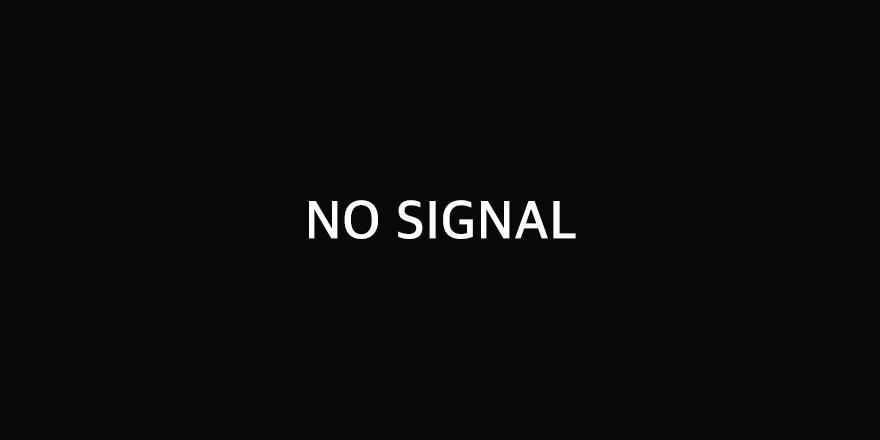When you’re counting on your digital signage to attract, engage and inform, and compel people to take action, you don’t want to see a blank screen with the little “No Signal” message. A blank screen can mean lost sales or other actions not taken, and that’s why your commercial displays should have an automatic fail over function.
Automatic fail over enables automatic switching to other input sources (in order of priority) if the primary signal is interrupted. It also enables the automatic playback of content stored on the display’s system-on-chip (SoC). Since a robust SoC can hold 8GB of content there’s a lot to work with.
Here’s a typical example of how it works, with what’s called a triple redundancy. If a business is using media players for their digital signage content, they can set the display’s auto fail over priority of input sources as media player 1, a second media player as media player 2, and the SoC as the third content source. So two media players would have to fail in order for the SoC to be used.
If the business doesn’t use media players, and uses the SoC as the primary content source, they can set the function so that if the SoC should fail the display can switch to a USB stick with content, and if the USB stick should fail the display can switch to a preset static image. If the business is a QSR, for example, that static image could be a general menu, so there wouldn’t be a blank screen and customers could still order certain items.
Auto fail over makes continuous advertising and marketing possible, to ensure you get the most mileage for your message and your display.
